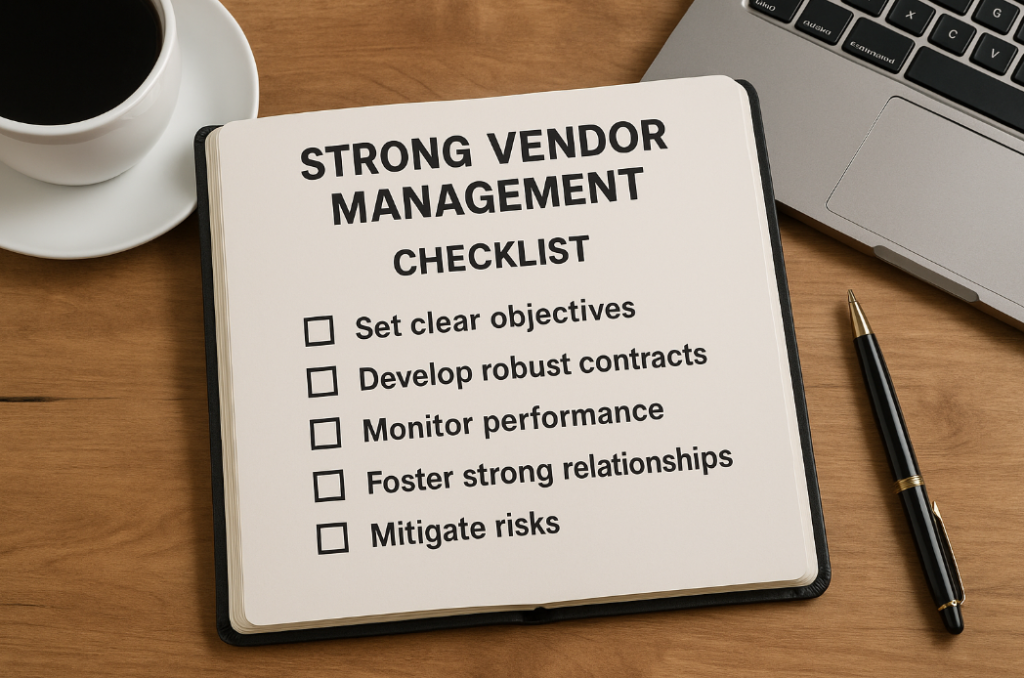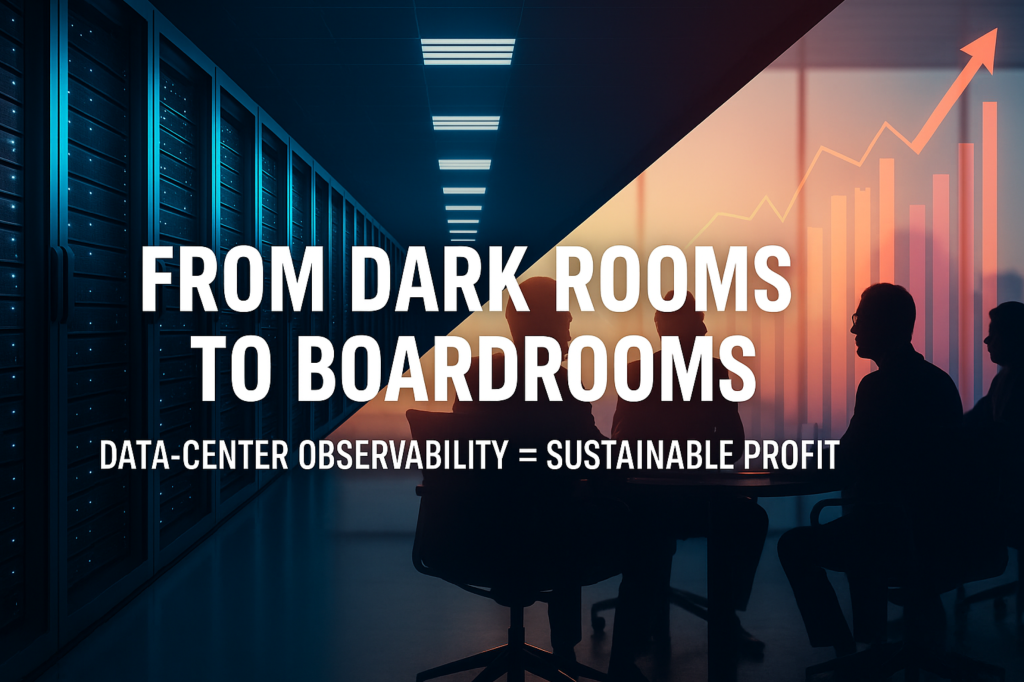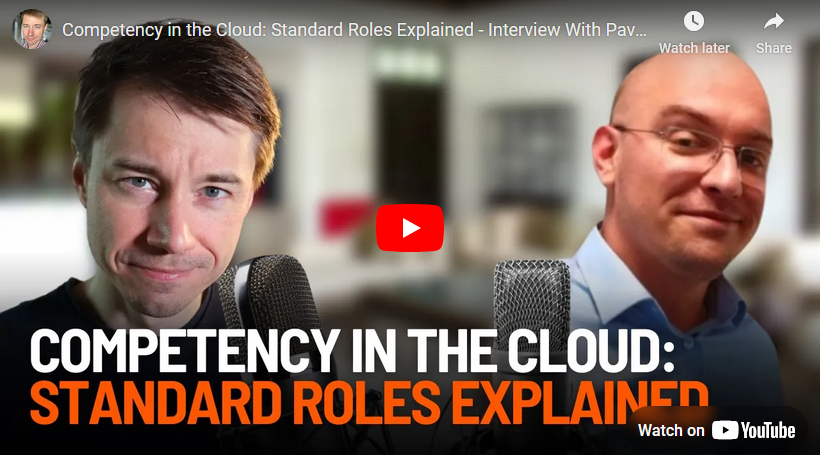How Observability Could Turn a Data Center into a Profit Center
Imagine a 3 MW data center spread across multiple zones, filled with enterprise-grade equipment, co-location tenants, and the usual complexities: redundant feeds, temperature differentials, embedded monitoring units, and a patchwork of legacy monitoring tools. Now imagine this facility not as a cost center, but as a source of strategic profitability. That’s the shift I’ve been advocating for one where observability isn’t a technical upgrade, but a financial lever. This is a suggestion for what could be done, built from years of experience across infrastructure, compliance, and data center optimization. Why Observability is a Financial Architecture Too often, data center operators think of observability in purely operational terms: “Know when something fails.” But what if the goal isn’t just resilience – it’s return? In a modern regulatory and ESG-driven world, observability provides: Financial precision (per-socket energy visibility → accurate cost attribution) Risk mitigation (predictive insights → SLA compliance and uptime) Regulatory readiness (EU directives → data lineage, auditability, traceability) Capacity efficiency (avoid overprovisioning and underutilization) I built a model to illustrate this. Here’s what it looks like. A Hypothetical Financial Case Study Let’s model a typical mid-sized facility operating under traditional tools, then project the financial outcomes if it embraced open-source observability with intelligent telemetry, NetBox-backed CMDB, and a data lake powered by the ELK stack. Annual Financial Comparison – Modeled Outcomes Category Legacy Tooling (€) Open-Source Observability (€) Power Cost (OPEX) 1,200,000 950,000 Cooling Cost (OPEX) 800,000 650,000 Maintenance & Downtime 400,000 150,000 DCIM Licensing Fees 250,000 0 Staffing Costs (Monitoring) 300,000 250,000 Compliance Penalties 100,000 0 Revenue from Co-Location 2,500,000 2,750,000 Total Operating Cost 3,050,000 2,000,000 Net Profit -550,000 +750,000 Design Assumptions Behind the Model Power savings come from load balancing, phase correction, and proactive alerts. Cooling efficiency is gained by aligning heatmaps and airflow telemetry to physical containment. Downtime is slashed via deviation tracking and threshold-based alerting. Licensing fees are eliminated with open-source telemetry (e.g., SNMP, Redfish, OpenTelemetry). Revenue grows due to improved SLA delivery, tenant confidence, and resource transparency. Strategic Takeaways This is more than theory – it’s a practical lens to redesign how we see infrastructure. Deviations aren’t errors—they’re opportunities. Your telemetry is a balance sheet in disguise. Compliance data, when automated, becomes ESG capital. Open source, when structured, outperforms black-box DCIMs. And perhaps most importantly: Every kilowatt, every alert, every outlet reading is a conversation between engineering and finance – if you have the platform to listen. Closing Thought This model is fictional – but everything about it is real. The tools exist. The outcomes are provable. The only variable is the decision to redesign your observability landscape with business value in mind. As a strategist, I don’t just design architectures – I help organizations reframe infrastructure as a source of advantage. And in a world where compliance is mandatory and efficiency is monetized, observability is no longer optional. It’s the control panel for profitability.
How Observability Could Turn a Data Center into a Profit Center Read More »




